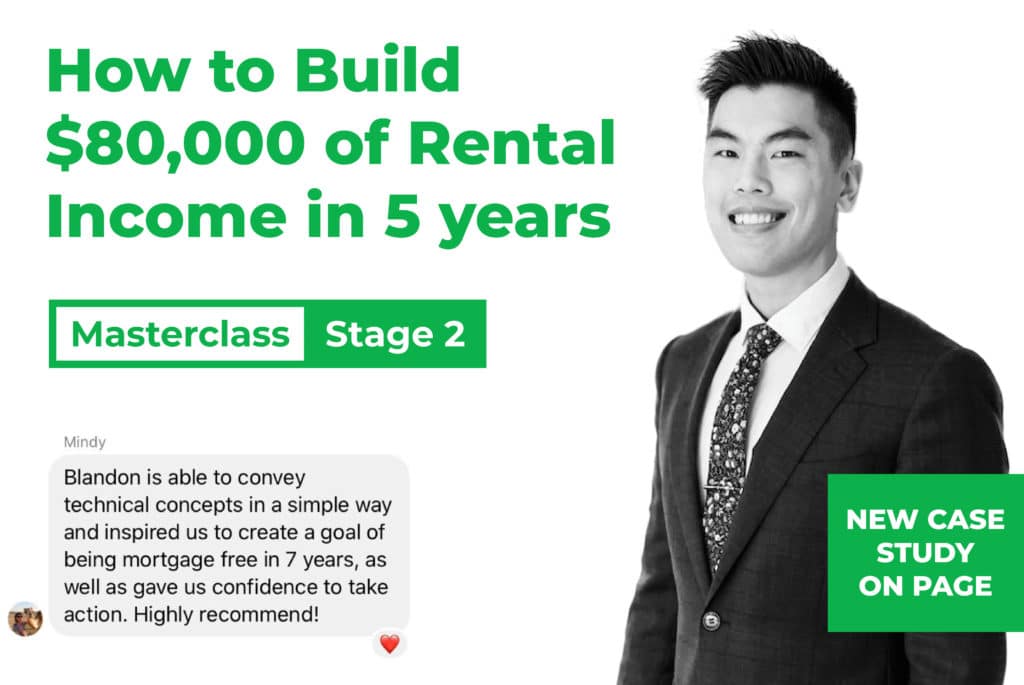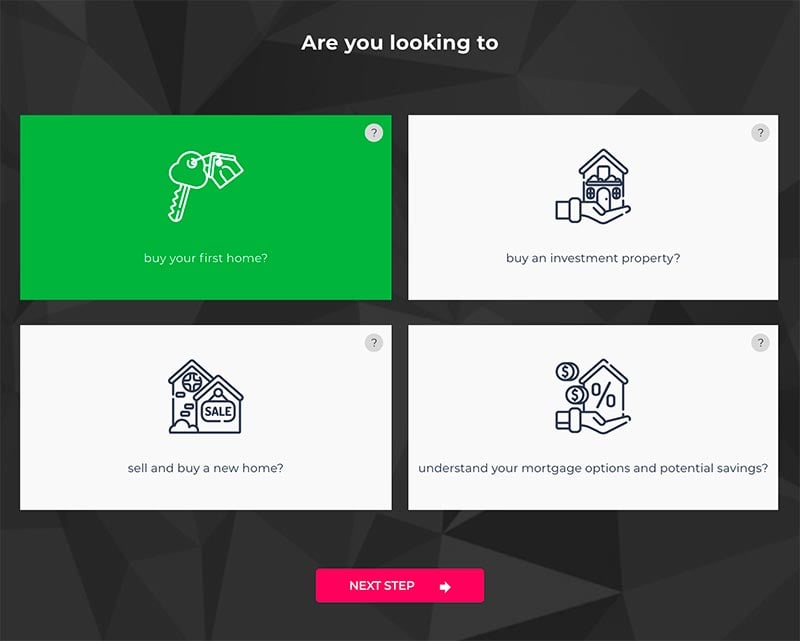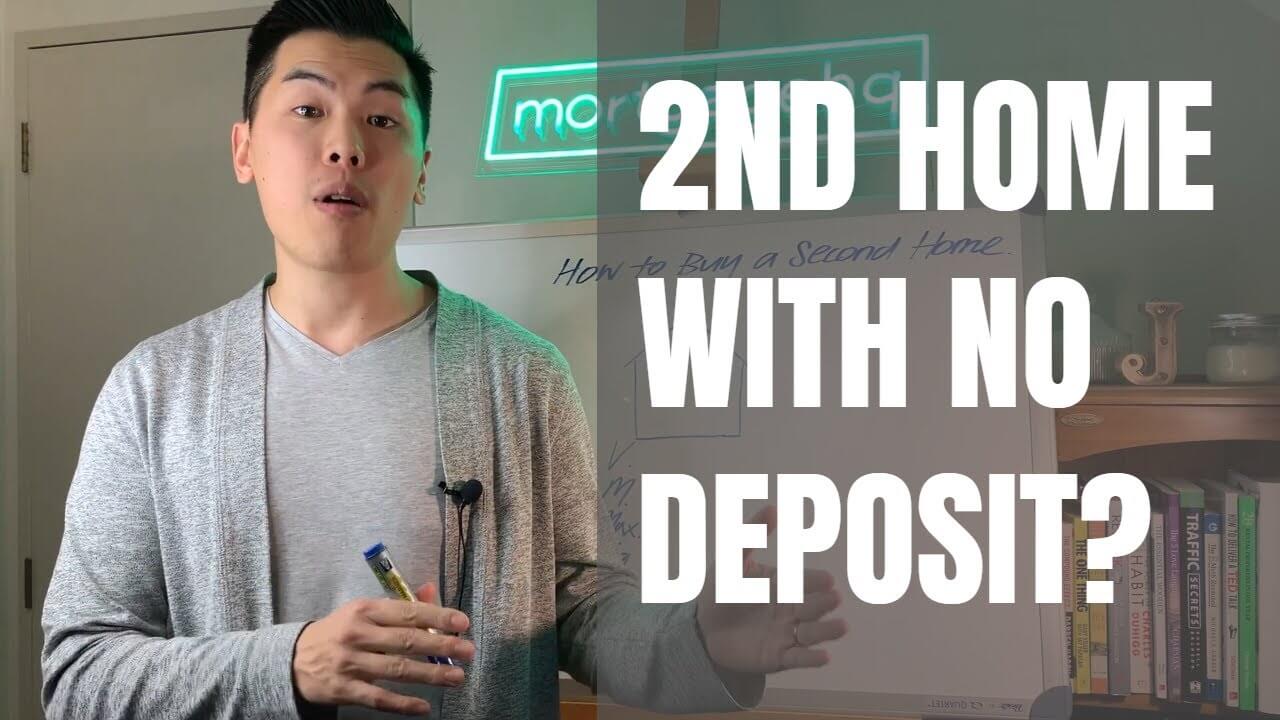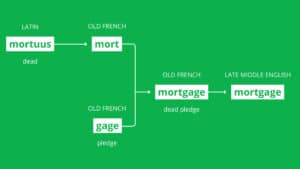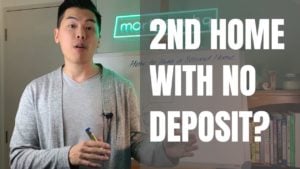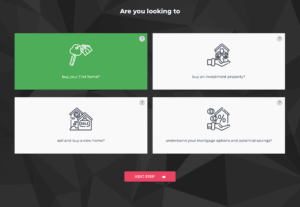We hope you enjoy this article, to further equip yourself for successful property investing register for the 21 Day Property Investing Course (it’s 100% free).
How to buy your second property without a cash deposit.
If you want to use home equity for an investment property, you will want to understand how the LVR limits impact and which lenders or banks are going to be appropriate for your situation. To get a mortgage to purchase another property, you need to understand your borrowing power, and should be aware of the best tax/ownership structures based on your plans. This article will give you the birds eye view of how to utilise your existing home to prepare and buy your first investment property, for step by step education we recommend the Property Formula Workshop and for tailored advice please talk to one of our mortgage brokers.
It can be confusing to work out how much equity you have in your property and how much is actually usable. As a rule of thumb, you must leave 20% in your owner-occupied property and this is unusable for borrowing purposes. So this means you could borrow up to 80% on the value of your family home and between 50-80% on your investment properties (depending on whether you use bank finance or if you use non-bank lenders). This is known as Loan Value Ratio or LVR.
To work out your usable equity, take the value of your house and multiply by 0.8, then minus your mortgage. This money can be used as a deposit (along with other cash or equity). Depending on your servicing power, you can use some or all of this for another purchase.
Get a free bank e-Valuation of your property
When people contact us, the first step of our mortgage advice process is to prepare a free borrowing summary. This is a comprehensive spreadsheet that includes CCCFA servicing calculations, up-to-date bank valuations of your property or portfolio, compound effect calculator to identify your retirement gap, portfolio equity calculations and more. Get your free borrowing summary here
Banks will look at a combination of factors including your equity and income to determine how much more you are able to borrow. Different banks/lenders will allow more or less lending depending on their lending and credit policy at the time of application. This can change daily. This means your current bank might actually not be the best place to help with new lending. We do want to also help you understand the pros and cons of cross security of properties (there are some pros even though the ‘experts’ often only highlight the negatives).
If you have a lot of equity and not much income, the bank will not lend, and vice versa… they are bound by the rules imposed on them. You might have options with non-banks though.
If you want to know what bank or combination of banks/lenders will lend you, the easiest way to find out is ask a mortgage adviser (from mortgagehq) to run the numbers across all the different mortgage servicing calculators with your income, expense and property info, and this will save you from damaging your credit score with full applications. It also saves you from wasting your own time. The snapshot is our online calculator and the best place to start to find your approximate options instantly. We have an exhaustive article explaining how online mortgage calculators work including 3 online tools you can use.
If you are curious about unlocking the ability to keep buying properties then check out Blandon’s analysis here:
But if you only have time for one video, check out his take on capital gains vs cashflow. If you buy well and improve your properties, you just have to be a little patient and you’ll get your property portfolio built up over 5-20 years depending on your appetite for debt/risk.
This simple trick is used because it maximises returns and the amount you can borrow. You’ll probably already know interest rates are at historic lows, which is why so many homeowners want to learn how to buy a second house. Current market conditions make it harder for first home buyers, but it’s a great time to consider buying an investment property if you already own a home… because you can use “leverage”.
ANZ (one of the many banks mortgagehq works with) describes this perfectly on their website:
“Leverage” is when you buy an investment property using borrowed money instead of using your own. The more you borrow, the more you’re said to be “leveraged”. Leverage is one factor that can accelerate your investment return. If your investment property goes up in value, the higher the return on the actual money you’ve invested.
Using your home as security, you’ll be able to borrow more money, because you’re leveraging to buy more investments that will help grow your wealth over the long-term. This is also known as “freeing up equity”. What’s the best way to increase your borrowing for a second house?
The best way to increase your borrowing for a second house
Now there are a few options; you can get finance approved at your current bank. This means using your equity and income to get pre-approval and that your properties will be cross-secured. You can read more about that here – it is not always the best thing because you’re more at risk of losing your properties if anything goes wrong.
Another option is to get a revolving credit for the deposit required for the investment property – as an example, let’s say you have a $200,000 mortgage and a $1.6mn house and you want to buy a $1mn investment property. You can in most cases use up to 80% lending on your owner-occupied property. So, in this case, your lending can increase up to $1,280,000 ($1.6mn x 0.80) but only if your income supports this lending. So you will have just over $1mn equity to go and buy another property that is 100% financed or…
You can get the deposit required for the $1mn investment property from your current bank (40% for investment properties based on the LVR rules of the time would be $400k) with a mortgage top-up or revolving credit and then get a pre-approval for the balance of $600k at another bank to avoid these properties being tied together. This helps for multiple reasons.
Whether you will move into the new house or not will influence the decision and we should talk specifics about that first. What you want to avoid is saying to the bank ‘my current house is about to become an investment property because I’m buying a new place’ because this will mean your bank will limit lending on to 60% of that property value (as per guidelines/rules set by RBNZ). You should not lie to the bank and we are not allowed to do that, but you want to get your application ‘ducks in a row’ before saying anything you might regret.
The trick is often to consider a mortgage refinance of your current mortgage on to a lower interest rate and realise a higher valuation on the existing home. This will get you some cashback also. You might also consider restructuring or rebalancing your mortgage at the same time. This will help you get debt free faster or reduce your existing mortgage repayments while also re-valuing your property to increase your potential borrowing as a deposit for the second or third property (make sure you consider using a different bank as not to keep all of your eggs in one basket). Information about mortgage repayment calculators is here.
The aim is to buy another property without needing any savings. Do not be afraid to extend your mortgage term again if required to free up some more borrowing power if this is the best way to get another property. If you are investing wisely based on sound research and understanding of property investing principles, this should lead to you not being too scared to take on more debt, if you are scared then maybe you have not done enough research. ‘Scared money doesn’t make money!’ is a saying I heard from a successful investor a few years ago, and it seems to hold true. You can find out more about borrowing power calculators here.
The best way to buy a second home in New Zealand, and what the banking industry won’t tell you…
Here is a real-world example: Patrick purchased a house three years ago for $438,000 with a 20% deposit making his mortgage around $350,000. In the last three years, Patrick has made the repayments to his mortgage and completed some renovations, and his equity has grown from 20% to 25% by reducing his mortgage to about $330,000.
He then got a revaluation on his property and found that it’s now worth $830,000 meaning his equity has increased significantly and is now closer to 61% (because the mortgage amount is smaller in proportion to the house value). The renovations along with capital gains have been great for his equity growth.
So he decided to buy another property. He can increase lending up to 80% on the $830,000 property meaning he has $334,000 of usable equity (plus the borrowing power for new lending).
Now, in theory, Patrick should be able to borrow up to 80% of the value of his primary home (80% of $830,000 is $664,000). He will keep 20% of his equity in his home to meet the reserve bank’s LVR limits. Using Patrick’s income and expense details, we showed him how to buy another $800,000 property.
Making your repayments is just one way of increasing the equity in your home. With house prices on the rise across the country, and in Auckland, your property is likely to go up in value increasing your equity in the property also… this is referred to as capital gains.
Once we know more about your current situation, the strategies of negative gearing, capital gains, cash yields, renovations and revaluations will be explained in detail to you.
If you are interested in property investing you simply must sign up for the free 21-day property investing email course. 5 minutes a day for 3 weeks and you will know more than most about investing and feel more confident to take the next steps.
Unlike the property tutors you hear advertised on the radio/TV, we give this advice to you and our clients for free… we know it’s in our clients’ best interests to have all of this information available.
“Should I be converting my existing home into an investment property, or rent out my new property and stay put? Should I be using an LTC for tax purposes?”
These are harder questions to answer, but it’s best to think about your most important end-goal. Investors generally struggle with one of two things. Either, not enough income to borrow more money, or not enough of a deposit to buy an investment property. If you think you’ll be limited by your income, live in the property with the lower rental appraisal. If you think you’ll be limited by equity, live in the property with a higher valuation.
This makes sense because of the LVR limits imposed by the reserve bank on the big banks in New Zealand (ASB, BNZ, Westpac, ANZ, Kiwibank, etc). If you’re living in your most expensive property, you’ll be able to borrow up to 80% of its value. If you’re renting it out, you’ll only be able to borrow 60% of its value. Your goal should be to know which situation is going to work best for you before you start shopping for your next property.
To refinance your mortgage or not to refinance?
Refinancing can save the average Kiwi homeowner thousands of dollars in interest repayments over the remaining fixed term of their home loans if you meet certain criteria. You could also knock years off your overall mortgage through reduced interest repayments and by adding surplus cash flow from investments into your own mortgage.
Now if you are looking to extend your mortgage and increase your lending, you might actually have to take a longer mortgage on the original home to help you get the new borrowing and as a way to get the new house.
The reason it’s often suggested you break-and-refix or refinance to a new bank for lower rates and the mortgage top-up is you’ll have more bargaining power and usually get a better offer and some cash from the bank new bank to help you switch (for an unknown reason some banks seem to work harder trying to attract new business instead of trying to keep existing customers happy). Their loss, your win. You DO NOT have to change banks but it does sometimes make sense. Many people have accounts with multiple banks anyway so you are often just switching over mortgage products to that other bank and redirecting your income.



